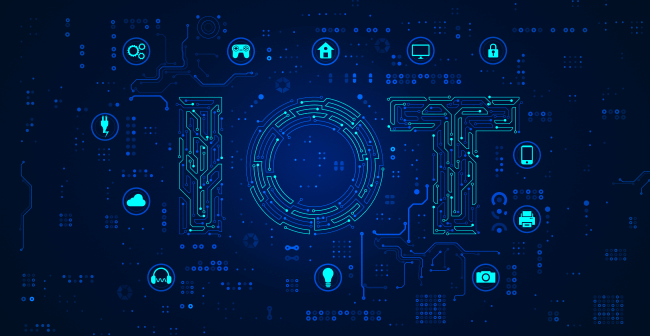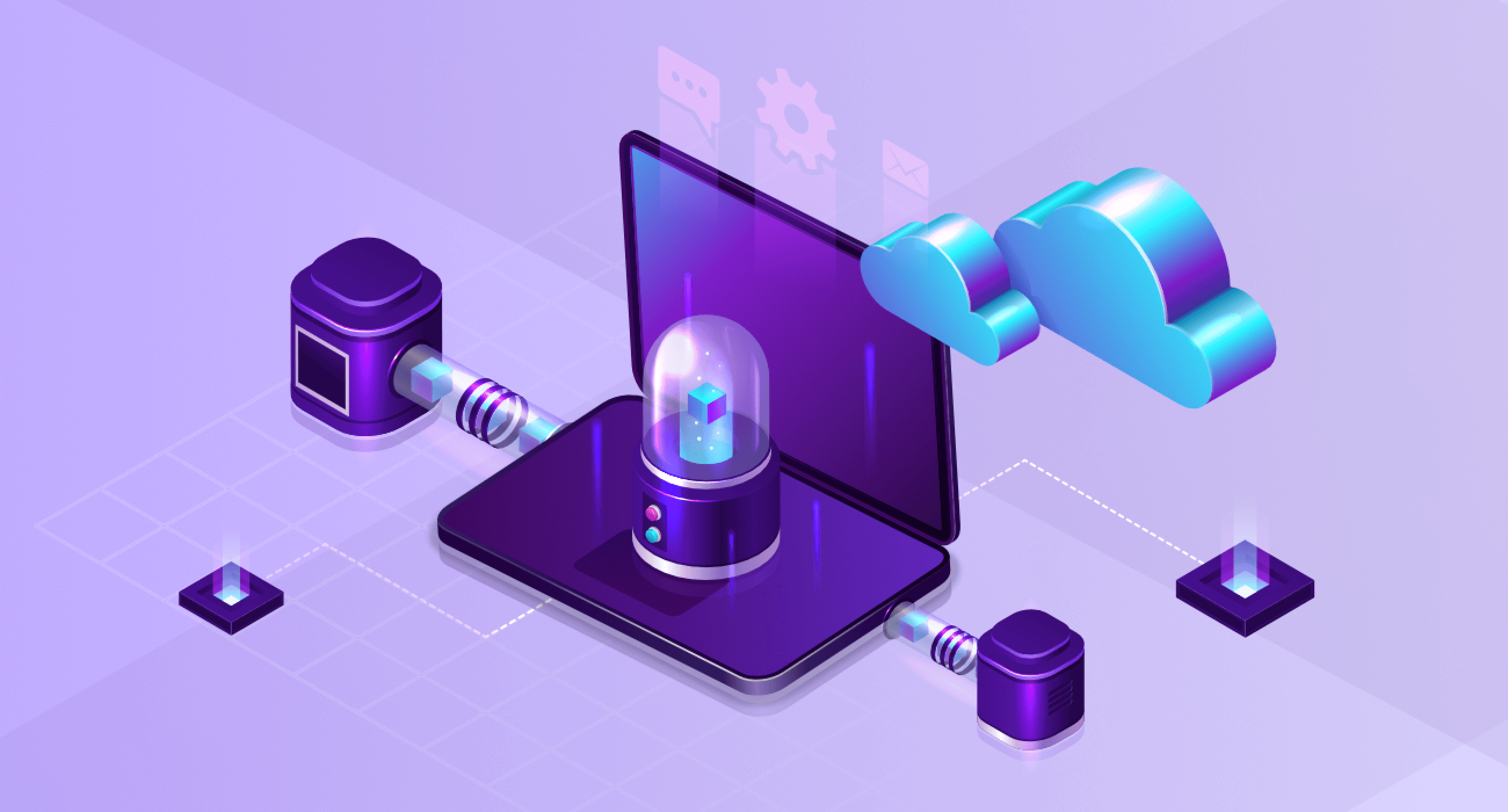Technology impacts almost every aspect of our lives, from making purchases and transactions to fast and easy communications. That said, businesses must invest in advanced software and other technologies to improve their operations and ensure viability.
Worldwide information technology spending is estimated at USD$4.5 trillion this year, a slight increase from USD$4.4 trillion reported in 2021. More organizations are expected to invest in technology next year, with projected spending amounting to USD$4.8 trillion, according to Statista. The agency also said advanced analytics, artificial intelligence (AI), Internet of Things (IoT), and cloud technologies are the most important IT tools because of their numerous business benefits.
While businesses of any size and setup are required to implement a digital transformation scheme, the need for such is more pronounced in the services sector, where efficiency and speed are paramount.
Discover how technology continues to transform the services industry in this article.
Streamlining and Automating Workflows
Remote working arrangements existed even before the pandemic, but stringent social restrictions forced several companies to adopt this non-traditional work setting.
While some companies may not be initially receptive to the idea, 83% of US firms surveyed by professional services giant PricewaterhouseCooper (PwC) have said this new arrangement has positively impacted their companies.
Collaboration and communication are the main challenges in this setup. Without business software tools, businesses can't operate efficiently. Hence, companies need different types of software to automate and streamline their workflows and provide efficient service.
For instance, tools like this one from Jobber, customized for a landscaping company, enable managers to track their employees' work progress, schedule tasks, issue invoices, and manage customer and team communication all in one place. Such web-based applications can be accessed on the go so that you can provide fast and professional service anywhere. More importantly, your staff can access the app on their mobile devices, increasing productivity levels.
Customized business software enhances collaboration and communication processes, and automates business processes, making them more efficient and with fewer errors. This technology can also help companies save transport costs and carbon emissions, increasing sustainability and agility.

Real-Time Information Access and Sharing
Cloud computing technology has been one of the main drivers of digital transformation. With it, team members can access real-time information on critical business data. Information access and sharing are crucial elements for seamless transactions in the services sector.
Cloud technologies are also scalable. Businesses can decide which services they need: storage, application, or computing, and change them without data losses, downtimes, and disruptions. This saves companies considerable costs, eliminating the need to purchase high-capacity servers and other IT infrastructure and hire additional staff to maintain them. Moreover, the cloud has helped small businesses gain a competitive advantage without compromising online and mobile security measures.
Most web-based business applications such as network management, help desks, customer relationship management, and specific types of business servers are integrated into the cloud. As such, it's easier to share documents, access files, store data, and collaborate even when they're not in the office.
These solutions are valuable to service companies with staff deployed in the field. For example, a landscaping company responding to an emergency yard repair requires field technicians to access the inventory to ensure you have the replacement materials. Eventually, you can use and fill out this free landscape invoice template to send professional quotes to your client.
Enhancing Overall Customer Experience
Customer satisfaction is crucial in every service company, and impeccable service separates a business from its competitors. According to a 2018 consumer poll, 92% of customers will turn to another firm after experiencing two or three instances of poor customer service. In addition, 26% of them will look somewhere else after just one bad encounter.
The available technological tools have enabled companies to provide services according to their customer's preferences.
Customer relationship management software
This software lets businesses securely store customer information and interactions in one place. Because of its significant role in improving customer service delivery, the CRM market's compound annual growth rate (CAGR) is projected to reach 12.5% from 2022 to 2029. Thus, from its 2021 value of USD$57.83 billion, the sector's market size is expected to reach USD$145.79 billion in 2029, owing to accelerated business digital transformations.
CRM has revolutionized the way companies gather customer information and interact with them. With this technology, businesses can create personalized messages to provide accurate service. By sending out these messages and information, customers feel more valued and heard, allowing them to form positive impressions of the brand.
CRM software is also instrumental in tracking marketing campaigns through built-in analytics that can spot successful or weak campaigns and cull trends in consumer behavior alongside other performance indicators.
Chatbots
Chatbots are a great addition to your business, allowing companies to attend to customers' needs anytime and anywhere. These tech tools are also cost-saving, as small companies don't need to hire and train customer care representatives or outsource this task.
Chatbots are programmed to respond to basic customer queries and concerns. Some run on artificial intelligence to process complex communication more easily and efficiently. While most are deployed to interact via chat messages, others can handle voice messages using specific natural language processing or speech recognition systems.
Internet of Things (IoT)
The IoT refers to the network of web-connected objects with embedded sensors for collecting and exchanging real-time information. These devices are often used in cars and smart homes, but some businesses can use them to gather customer data.
For example, health care providers may ask patients to wear smartwatches to monitor the latter's vital signs remotely, alerting them of anomalies and emergencies. Some engineering firms with advanced technologies also use IoT to monitor gas and electricity consumption, making transactions more transparent.
Augmented reality and virtual reality
Augmented reality and virtual reality technologies may not be as available as the others on this list. Still, few companies in the services sector have used virtual and augmented reality in dealing with their customers.
At the height of the pandemic, real estate agencies turned to virtual home visits to make viewings safe. With it, potential buyers can explore the property in 3-D, mimicking how it feels inside its premises.
A few engineering service firms have also tapped augmented reality-enabled devices to allow managers to view onsite work progress remotely. Outside the services sector, some tech-forward retailers have also used augmented reality to place QR codes on their packaging and access more product information–helping to boost brand reputation.
The availability of these tools has helped customer service delivery be more efficient, allowing service companies to attract more consumers and keep their existing customer base.
Revolutionizing Digital Marketing Strategies
While traditional advertising may be useful in some contexts, revenues from digital marketing have continuously soared in recent years. This signals businesses to craft successful campaigns on various online platforms, particularly social media.
According to Pew Research Center, the revenue gap between traditional and digital advertising narrowed in 2018, with the former gathering USD$114.8 billion and the latter USD$111 billion. By 2019, the income from web marketing had reached USD$132.4 billion, overtaking conventional advertising, which netted USD$109.7 billion. The gap continued to expand in 2020, with online marketing returns going USD$152.2 billion against non-digital advertising's USD$89.8 billion.
The rise of the smartphone and social media use has fueled this drastic increase. Recent data from various sources reveal that over 6.6 billion people worldwide use smartphones. Regarding usage, 7 out of 10 users check product reviews using these devices, while almost 90% have social media apps installed on their phones.
Thus, businesses consider the following instead of printing and distributing flyers and posters or paying for television and radio advertising spots. However, with the availability of digital tools like PhotoADking's flyer maker, businesses can now create visually appealing promotional materials online and reach a wider audience more efficiently.
Social media advertising
Most smartphone owners use social media apps regularly. Thus, subscribing to digital ads could offer better success in reaching out to potential clients. Some platforms use artificial intelligence to target the right audience, allowing companies to improve the chances of a successful campaign. These benefits are key to increasing social media ad spending, which for this year is expected to reach US$226 billion.
Meanwhile, businesses that don't want to spend on ads can use their accounts to post their products, services, and other announcements consistently.
Online reviews
Referring to the earlier survey by Earthweb, about 70% of smartphone users check out online reviews to start their buying journey.
A report has discovered that 98% of consumers consider reviews as essential and are likely to purchase. Moreover, in the same report, 86% claimed they would not buy without reading the reviews. This customer behavior should prompt businesses to update and handle customer reviews well.
SEO
Besides positive reviews, companies must ensure that their pages rank well in search engine results. Several techniques can be used to make this happen, particularly search engine optimization or SEO. One of the most common techniques is integrating the most-searched keywords into your text and uploading high-value content on your website.
Content marketing
It involves sharing various types of content to promote a brand or service implicitly. Content marketing can increase your ranking when implemented in tandem with SEO techniques. That said, 37% of advertisers spent up to USD$10,000 in content marketing in 2020.
The good thing about digital marketing is that it costs relatively cheaper than traditional advertising. More importantly, marketers can measure their success with the available performance analytics. AI can be used to predict buyers' behavior and purchase intent, for example, by analyzing their search and purchase history.
Big Data Analysis for Continuous Improvements
Business intelligence is an important business tool that allows executives to make data-driven decisions. By automating processes and integrating AI, companies can gather data on various organizational aspects, spot weaknesses, and formulate strategies to address these issues.
Companies can benefit from integrating AI and machine learning into their processes. The platform can be trained to process massive amounts of high-quality data and extract valuable business information from it. For instance, the financial sector depends on AI for fraud detection, risk assessment, and other key tasks.
This technology can also be used for financial performance predictions, like cash flow and revenues—making it crucial to all businesses.
Concluding thoughts
Technology has spawned several business intelligence tools allowing service companies to improve their operations and customer service delivery. Without these mechanisms, firms can't track their performance, improve their processes, use resources more sensibly and keep or attract customers.
Besides reducing operational costs and boosting operational efficiency, using the right technology can help companies scale by addressing common and unique business challenges.















Leave a Reply